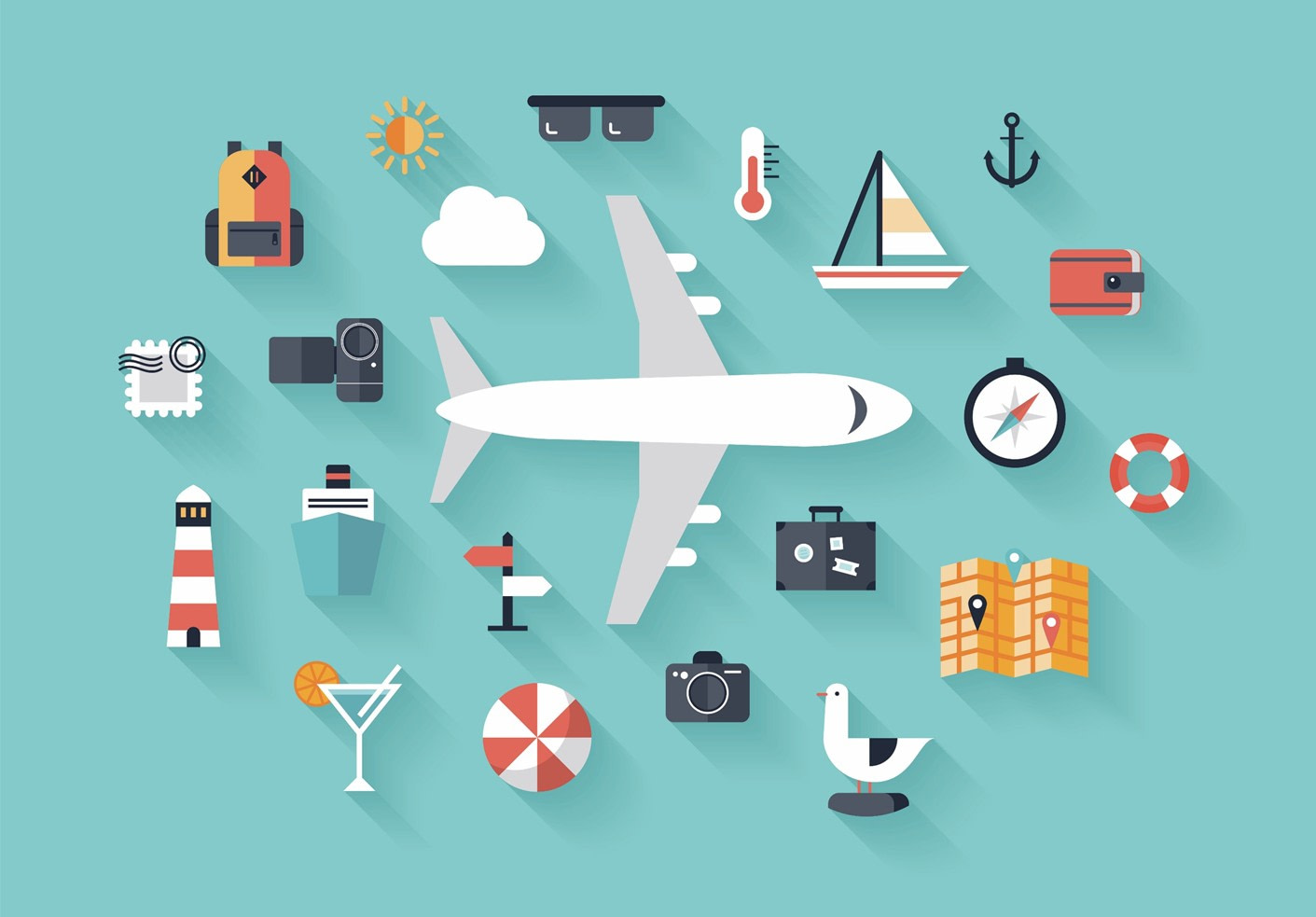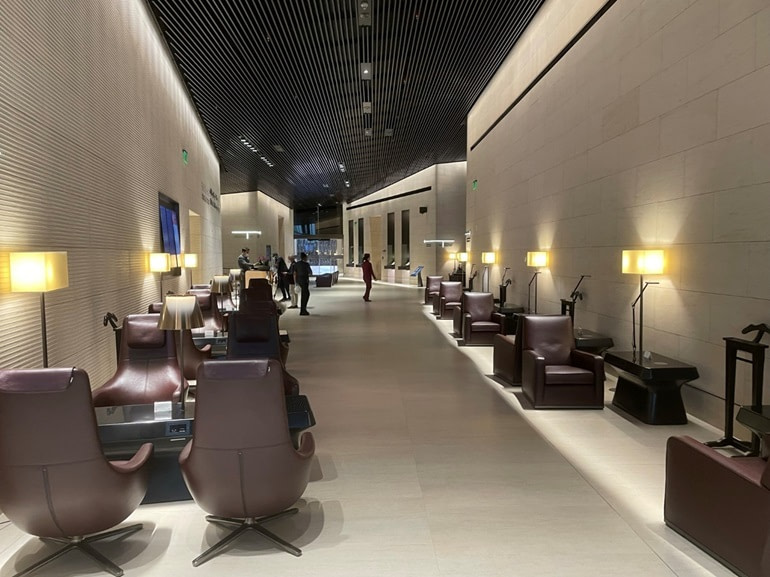Don’t panic when you compare prices. River cruises are actually only a bit more, because river cruise fares include many of the things that are extras on ocean cruises. And these days, almost everything is extra on an ocean cruise, unless you’re traveling on one of the super-luxury lines.
Still, they are a bit more, and here’s why:
Perhaps the biggest reason is economy of scale. On an ocean cruise, there may be anywhere from 2,000 to 6,000 passengers – which you generally notice while waiting in line for food. Or the bathroom. Or the lifeboat.
On a river cruise, there are usually between 100 and 200. Since river ships aren’t buying cucumbers by the cargo container, costs like food and drink (a major component of cruise fares) are higher. Of course, on a river cruise, the food is almost always locally sourced (which is fresher, healthier, and globally more responsible, since it benefits local farmers). So you’re not getting tomatoes from South America in Prague.
Another reason is staffing costs. River cruise companies, as a whole, pay their staffs better than their ocean-going counterparts, the staff of whom tend to hand you a napkin with “Help” written on it. Paying a living wage adds a bit to the cost.
But FOR that higher river cruise fare, here’s what you get:
- Better rooms. Because most river ships are newer (many debuting between 2014 and 2017) than their ocean-going counterparts, they feature all the latest innovations and décor.
- Better service. A higher staff ratio and far smaller number of passengers ensures that the staff will not only be available for your needs, they’ll often even learn your name.
- Better food. Because food is being made for 100 people instead of 3,000, the quality is often head and shoulders above what you get in oceangoing main dining rooms.
- No tenders. And no $200, 3-hour journeys just to get from the port into the city to sightsee. River ships dock right in the center of town. You walk off, you’re THERE.
- Exotic itineraries. River cruises go where big ocean ships can’t. So instead of only seeing whatever cities and towns are along the coast of a country, you get an intimate look at the extraordinary places INSIDE a country. You’ll never seen an ocean-going vessel on the Amazon. Or the Mekong. Or the Ganges.
- Shore excursions are included. In every port, a guided walking tour (with audio headset, so you can always hear the guide) is included.
- Any optional shore excursions are FAR cheaper. You won’t see $200 or $300 – or generally even $100 – optional excursions on a river cruise. These excursions, where they’re offered, tend to run more in the neighborhood of $30-50 (depending on the locale).
- Wines and beers at lunch and dinner are often included. And free-flowing. The staff loves to roll you out of the dining room.
- No waiting in line to embark or disembark. You just walk off. We’ve all sat through the endless ques to get on a shore excursion and wondered if we’re going to get off the ship before we have to get back on.
- No having to fight for a table at dinner or a seat for the show. There’s plenty of room for everyone on board.
- No worries about a medical situation in the middle of the ocean. On a river cruise, you’re usually within a couple hundred feet of land. Medical facilities are always nearby.
- With such a smaller group of passengers, and one that tends to be better traveled, you’re infinitely less likely to encounter those annoying guests who think they’re all that.
And finally – you make friends. Quickly and easily. This is one of the biggest surprises to most Brand g guests. By the end of their cruise, even the shyest guests find themselves in the middle of a group hug. Lifelong friendships are formed. We’ve even had some marriages!
So, yes, river cruises cost a bit more. But it’s an experience unlike any other, and one we promise you will want to repeat over and over again, on rivers across the world.





